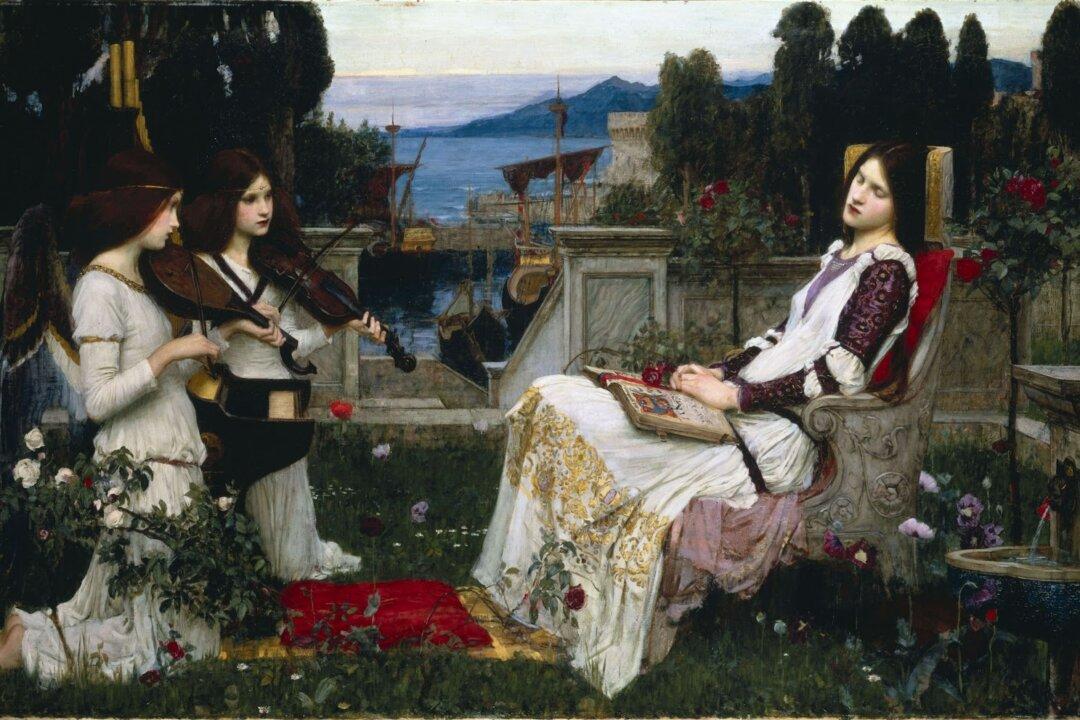There’s something about the rhythmic expression we call music that affects us emotionally and spiritually. We love music. We hear it everywhere: in our cars while on our way to work, at work, back in our cars when we go to the grocery store, and yes, even at the grocery store. Almost everywhere we go, music plays.
When I shop with my wife, I often joke that—because of the music I’m hearing—these department stores must want their customers to leave as quickly as possible. Yet no one seems to notice or care. Having so much music, so often, makes me wonder whether we’ve become desensitized to bad music. If so, then how do we recognize good music?





